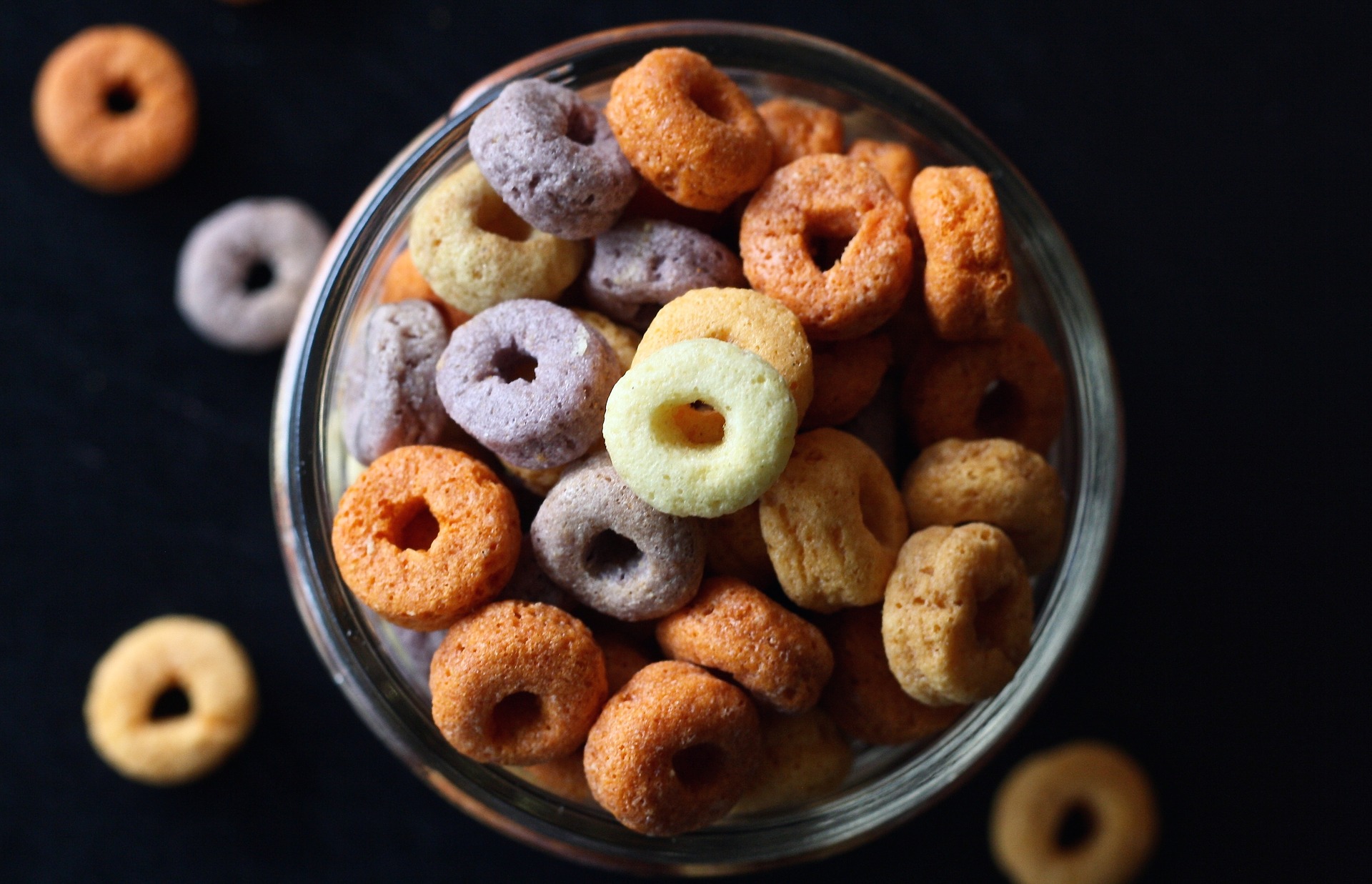Introduction to Cheerios
Cheerios are a popular breakfast cereal that has been a staple in many households for decades. Produced by General Mills, Cheerios come in various flavors and are often marketed as a healthy breakfast option. In this comprehensive guide, we will delve into the nutritional content of Cheerios, explore the different flavors available, and address common questions regarding their health benefits.
Nutritional Content of Cheerios
Macronutrients
Cheerios primarily consist of carbohydrates, with a smaller amount of protein and almost no fat. Here’s a breakdown of the macronutrient content in one serving (28 grams) of plain Cheerios:
- Carbohydrates: 20 grams
- Protein: 3 grams
- Fat: 1 gram
Micronutrients
Cheerios are often fortified with various vitamins and minerals, including:
- Iron
- Calcium
- Vitamin D
- Vitamin B12
- Folic acid
These fortifications vary depending on the specific flavor of Cheerios.
Flavors of Cheerios
Cheerios come in a variety of flavors to suit different tastes and preferences. Some popular flavors include:
Original
The classic Cheerios flavor, lightly sweetened and versatile for pairing with fruits or yogurt.
Honey Nut
Sweetened with honey and flavored with almond, this variant offers a deliciously nutty taste.
Fruit Flavored
Cheerios also come in fruit-flavored varieties such as strawberry, apple cinnamon, and mixed berry, offering a fruity twist to breakfast.
Multigrain
Made with a blend of whole grains, this flavor provides additional fiber and a heartier texture.
Are Cheerios Healthy?
Health Benefits
Whole Grains
Cheerios are made primarily from whole grain oats, which are rich in fiber and linked to various health benefits, including improved digestion and reduced risk of heart disease.
Low in Sugar
Plain Cheerios have relatively low sugar content compared to many other breakfast cereals, making them a healthier option, especially for individuals watching their sugar intake.
Fortified with Nutrients
Cheerios are often fortified with vitamins and minerals, providing additional nutritional value.
Considerations
Added Sugar in Flavored Varieties
While plain Cheerios are low in sugar, flavored varieties may contain added sugars, which can negate some of the health benefits. It’s essential to check the nutrition label and choose options with lower sugar content.
Portion Size:
Like any food, moderation is key. Consuming excessive amounts of Cheerios, even the plain variety, can contribute to an imbalance in nutrient intake and may lead to weight gain if not balanced with a varied diet.
FAQs About Cheerios
Are Cheerios suitable for a gluten-free diet?
Cheerios made with oats are not inherently gluten-free due to potential cross-contamination during processing. However, General Mills does produce a gluten-free version of Cheerios using specially sourced oats and processing methods to minimize gluten contamination.
Can Cheerios help lower cholesterol levels?
The soluble fiber found in oats, a primary ingredient in Cheerios, has been shown to help lower LDL (bad) cholesterol levels when consumed as part of a healthy diet.
Are Cheerios safe for children?
Cheerios are generally considered safe for children, especially when introduced as part of a balanced diet. However, it’s essential to monitor portion sizes, especially for young children, to avoid overconsumption of any one food.
Are there any allergens in Cheerios?
Cheerios may contain allergens such as wheat and nuts, depending on the flavor and manufacturing processes. Individuals with allergies should carefully read the ingredient list and allergen information on the packaging.
Are Cheerios suitable for vegetarians/vegans?
Most varieties of Cheerios are suitable for vegetarians, but some may contain ingredients such as honey, which vegans may choose to avoid. It’s essential to check the ingredient list for specific dietary preferences.
Can Cheerios be a part of a weight loss diet?
Cheerios can be included in a weight loss diet as part of a balanced meal plan. Their low-calorie and high-fiber content can help promote feelings of fullness and aid in weight management when consumed in moderation.
How should Cheerios be stored to maintain freshness?
Cheerios should be stored in a cool, dry place in an airtight container to maintain freshness and prevent them from becoming stale. Avoid exposure to moisture and direct sunlight.
Conclusion
Cheerios can be a nutritious and convenient breakfast option, especially when paired with milk, yogurt, or fresh fruit. While they offer various health benefits, it’s essential to choose varieties with minimal added sugars and incorporate them into a balanced diet for optimal nutrition. By understanding the nutritional content and considering individual dietary needs, Cheerios can be enjoyed as part of a healthy lifestyle.
- Profhilo Treatment Near Selhurst, Surrey - May 31, 2025
- THC Seltzers And How To Enjoy Them Responsibly - May 30, 2025
- Secondary Partners: Navigating Non-Primary Roles In Polyamory - May 29, 2025

